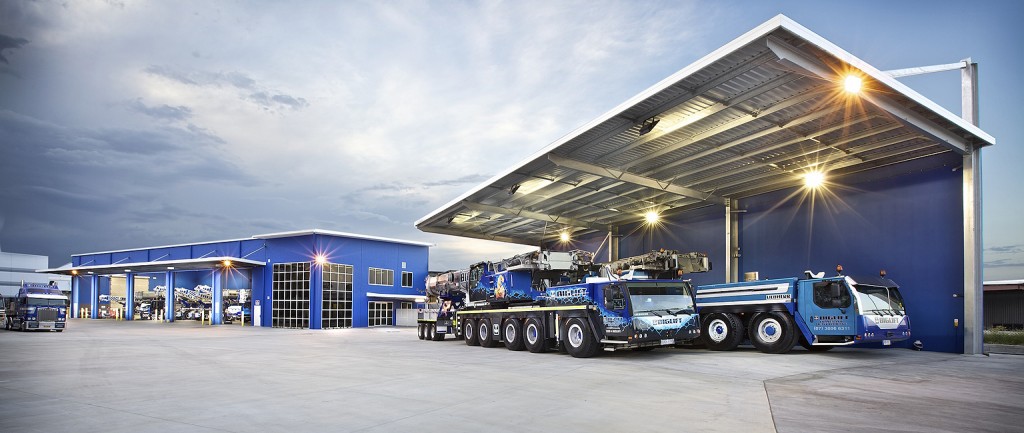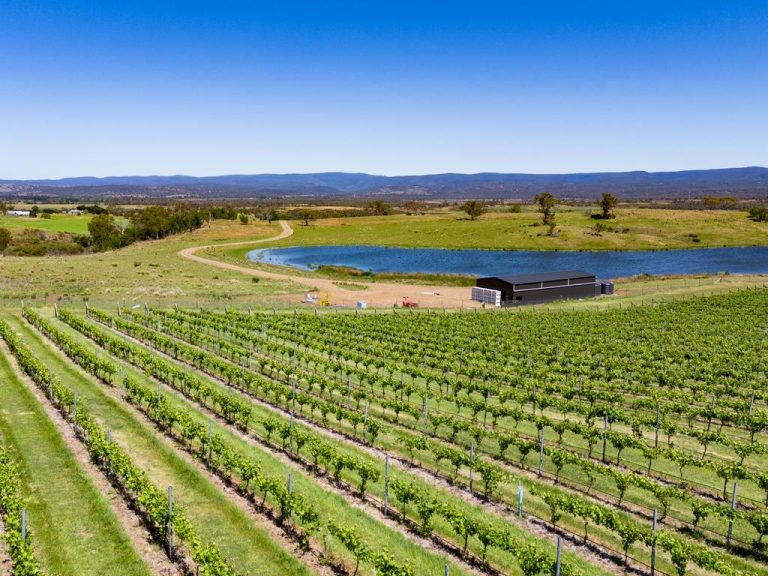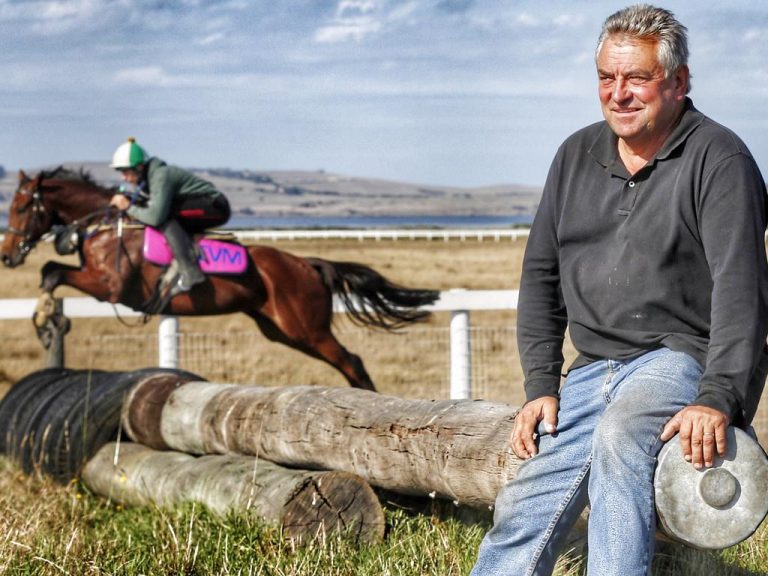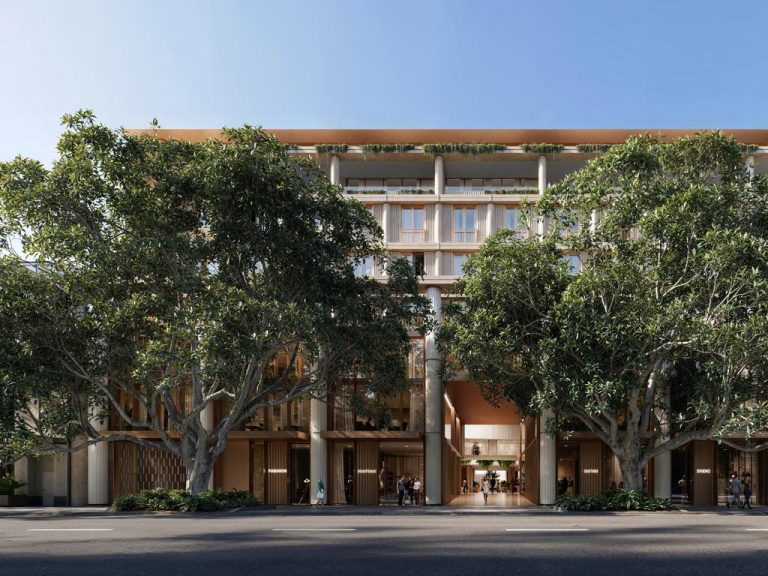Green shoots of growth continue in industrial market

Industrial tenants are continuing to show an appetite for new space, with take-up ballooning across Australia’s three major markets.
In an encouraging turnaround, Brisbane’s total industrial vacancy fell for the fourth consecutive quarter to less than 622,000sqm – a 10.9% drop on the historic highs recorded 12 months ago – according to a series of Knight Frank reports.
And the story was similarly positive in Sydney and Melbourne, where tenants are seeking space in growing numbers.
Knight Frank senior director, Queensland, Jennelle Wilson says that while Brisbane is still a long way off its 2012 levels, when less than 200,000sqm of industrial space was vacant across the city, it continues to show green shoots of growth.
“Four consecutive quarters of reductions in the total vacancy has brought some confidence to the market,” Wilson says.

Queensland’s industrial leasing market showed improvement in the June quarter.
“While the total vacancy remains 46% above the long-term average, generally steadier take-up has translated to improvement.”
Take-up of industrial space was more than 80,000sqm across Brisbane during the June quarter – just above the long-term average – headlined by the lease of 13,900sqm of space at Goodman’s Loganlea Distribution Centre and another 11,277sqm at 70 Darlington Drive, Yatala.
Sydney goes ‘from strength to strength’
While industrial vacancy in Sydney for spaces larger than 5000sqm increased by 3.7%, gross take-up of new space measured more than 223,000sqm, 54% above the long-term average.
It was the eighth consecutive quarter of above average industrial take-up for Sydney.
Knight Frank senior research analyst Luke Crawford says third party logistics and consumer goods providers are leading the demand.
“The Sydney industrial market continues to go from strength to strength,” Crawford says in his report.
“Recent leasing activity has been driven by consumer goods and 3PL sectors who continue to seek modern facilities which offer operational efficiencies,” Crawford says.

Western Sydney continues to be a target for industrial tenants.
“As a result, 67% of gross take-up over the past quarter was for prime stock, well above the historical series average of 58%.
The latest data comes after realcommercial.com.au reported in June that soaring tenant demand for industrial properties in Sydney’s west had seen vacancy rates in that region drop to less than 1%.
But Crawford says the overall increase in vacant space is due to fresh vacancies in the inner west, in particular the 18,114sqm vacated at a former Dick Smith facility in Chullora, and the 14,516sqm now empty at a former William Enterprise Group space at 7-11 Ferndell St, South Granville.
Eastern action drives Melbourne result
In Melbourne the vacancy rate flirted with falling below the 1 million square metre barrier as total available space dropped by 1.3%, with gross take-up for the year 5.1% above the level recorded in the first half of 2015.
Knight Frank senior analyst Kimberley Paterson says that while Melbourne vacancy rates are still considerably higher than the long-term average, some regions are belying the trend, particularly the south-east, where vacancy fell by more than 125,000sqm, or 24.4%, and the east, where vacancy fell by almost 20%.
“Vacant space in the south-east is now at its lowest level since April 2014, while vacant stock levels in the eastern precinct are at the lowest level since October 2014,” she says.
“Notwithstanding signs that the total vacancy is nearing its peak in the short term, additional properties are likely to come online in late 2016 and 2017, relating to the automotive industry.”







